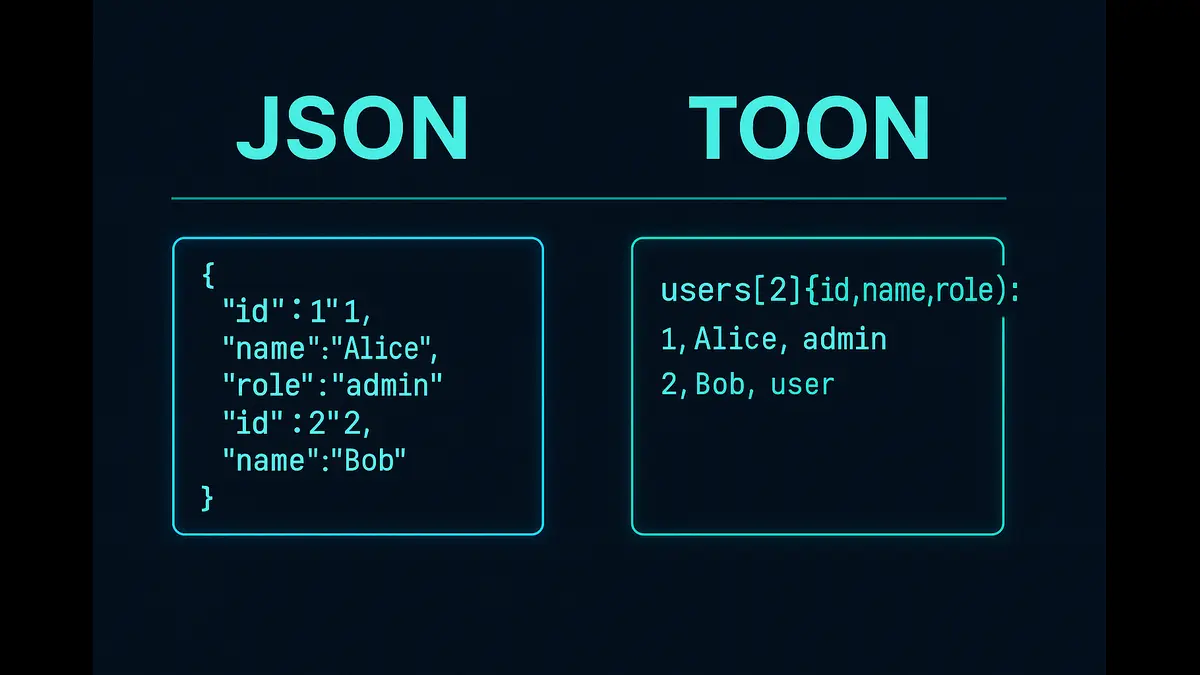
Generative Engine Optimization (GEO) boosts content visibility in AI-driven search by prioritizing credibility, depth, and structured data, adapting to evolving user behavior.
First proposed by AI researchers at Princeton and Georgia Tech in late 2023, Generative Engine Optimization (GEO) has evolved into the new frontier for content strategy in the age of AI Overviews and chat-based discovery.
As artificial intelligence reshapes how we access information, a new digital strategy has emerged to keep content visible and impactful: Generative Engine Optimization (GEO). Unlike traditional Search Engine Optimization (SEO), which focuses on climbing search engine result pages (SERPs) through keyword strategies, GEO tailors content to shine in AI-generated responses. With over 70% of internet users now turning to AI platforms like ChatGPT or Google’s Gemini for instant answers, mastering GEO is critical for anyone aiming to maintain a strong online presence. This guide explores what GEO is, why it matters, and how to implement it effectively to ensure your content stands out in the AI-driven world.
What Is Generative Engine Optimization?
Generative Engine Optimization is the art of crafting content that AI-driven platforms prioritize when generating direct, conversational answers. Traditional SEO emphasizes keywords, backlinks, and meta tags to secure high SERP rankings. In contrast, GEO focuses on aligning content with the preferences of AI models, which value credibility, depth, and user-focused narratives. For instance, while an SEO-optimized article on “top smartphones” might repeat the phrase to boost rankings, a GEO-optimized piece would offer a detailed comparison of features, user experiences, and technical specs, making it ideal for AI to summarize into a concise, trustworthy response.
Why GEO Is Essential
The rise of AI-powered search has transformed user behavior. Instead of sifting through SERPs, users increasingly rely on “zero-click searches,” where AI delivers answers without directing them to websites. This shift makes it vital for content creators to optimize for AI platforms to maintain visibility. If your content isn’t tailored to appear in these direct responses, you risk losing significant traffic. GEO ensures your website, blog, or business remains a trusted source in this evolving digital landscape, positioning you at the forefront of AI-driven conversations.
Core Principles of GEO
To excel in GEO, focus on these foundational elements:
1. Embrace the E-E-A-T Framework
AI models prioritize content that demonstrates Experience, Expertise, Authoritativeness, and Trustworthiness (E-E-A-T). For example, a financial advice article authored by a certified financial planner, supported by data from reputable institutions, is more likely to be featured in AI responses. Highlighting credentials, citing reliable sources, and sharing practical insights builds credibility that AI platforms value.
2. Prioritize Content Depth
AI favors comprehensive, well-rounded content that addresses user queries thoroughly. Rather than offering surface-level information, create in-depth resources that anticipate and answer related questions. For instance, a guide on “eco-friendly home renovations” should cover materials, costs, and environmental benefits, written in an engaging, conversational tone that feels like advice from a trusted expert.
3. Leverage Structured Data
Structured data, such as schema markup, helps AI understand and extract key information from your content. Implementing schemas like FAQPage, HowTo, or Product ensures AI can easily parse details like steps, features, or answers. For example, a travel blog using Article schema to highlight destination tips increases its chances of being featured in AI-generated travel recommendations.
How to Implement GEO: A Practical Approach
Follow these steps to integrate GEO into your content strategy:
Step 1: Understand User Intent
Start by identifying what your audience is searching for. Tools like AnswerThePublic or Google’s People Also Ask reveal common queries, such as “best ways to save for retirement” or “how to bake sourdough bread.” Analyze whether users seek tutorials, comparisons, or quick facts, then tailor your content to meet those needs precisely.
Step 2: Craft Conversational Content
Write in a clear, engaging style that feels human and approachable. Avoid overly technical language and focus on storytelling. For example, instead of saying, “Optimization requires strategic keyword placement,” try, “To get noticed, blend keywords smoothly into content that feels like a chat with a friend.” This tone connects with readers and aligns with AI’s preference for natural language.
Step 3: Structure Content for Clarity
Organize your content with clear headings, bullet points, and concise paragraphs to enhance readability. For a guide on “mindfulness practices,” use sections like “Beginner Meditation Techniques” or “Daily Mindfulness Tips” to make it easy for both AI and users to navigate.
Step 4: Implement Schema Markup
Use schema markup to give AI a clear map of your content. Tools like Google’s Structured Data Markup Helper can assist in adding schemas like Article or Review. For a product review, Product schema can highlight specs and user ratings, increasing the likelihood of AI featuring your content.
Step 5: Strengthen Internal Linking
Create a network of related content to establish authority. A post on “digital marketing trends” could link to guides on “content marketing strategies” or “social media analytics.” This approach signals to AI that your site is a comprehensive resource while encouraging users to explore further.
Measuring GEO Success
Traditional SEO metrics like click-through rates are less relevant in the GEO era. Instead, track these indicators:
Answer Box Share: Monitor how often your content appears in AI-generated responses, such as Google’s AI Overviews.
Citation Frequency: Measure how frequently AI platforms cite your site as a source.
Engagement Metrics: Analyze changes in time on page or bounce rates to gauge how GEO improvements impact user interaction.
These metrics provide insight into your content’s performance in AI-driven search, where visibility in direct answers is key.
Case Study: GEO Success in Practice
A small business blog focused on sustainable fashion faced declining traffic as users turned to AI platforms for style advice. To adapt, they implemented GEO:
Identified Intent: Used tools to uncover queries like “sustainable clothing brands for beginners.”
Created Engaging Content: Published a conversational guide on eco-friendly fashion, offering tips and brand recommendations.
Optimized Structure: Used clear headings (“Why Sustainable Fashion Matters,” “Top Ethical Brands”) and concise lists.
Added Schema: Applied Article schema to highlight key insights for AI.
Linked Internally: Connected to related posts on ethical manufacturing and sustainable fabrics.
Within four months, the blog appeared in 35% more AI responses, driving a 20% increase in organic traffic and longer user sessions, proving GEO’s ability to boost visibility.
Navigating GEO Challenges
GEO requires balancing AI appeal with human engagement. Over-optimizing for AI can result in stiff, unnatural content that turns off readers. Additionally, ethical concerns arise when manipulative tactics risk spreading misinformation. To stay effective and responsible, prioritize transparency, use credible sources, and focus on delivering genuine value to users.
The Future of GEO
As AI technology advances, GEO will evolve. Future AI models may prioritize emotional resonance, multimedia integration, or real-time data. To stay ahead, test your content with AI platforms like Claude or Gemini to understand how it’s interpreted, and refine your strategy as algorithms change. GEO is a dynamic process, requiring adaptability to keep pace with AI innovations.
Generative Engine Optimization is redefining digital visibility in an AI-driven world. By embracing E-E-A-T, creating in-depth, user-focused content, and leveraging structured data, you can position your content as a trusted source for AI platforms. Start implementing these strategies today to ensure your content not only ranks but becomes the go-to answer for users worldwide. Let’s embrace this new era of search and make your voice heard.
For further reading on GEO, explore these sources:
Search Engine Land: Offers actionable insights and updates on GEO strategies, with expert analysis on optimizing for AI-driven platforms like Google’s AI Overviews
arXiv (GEO: Generative Engine Optimization): A peer-reviewed study by researchers from Princeton, Georgia Tech, and others, detailing GEO’s framework and its impact on content visibility
Frequently Asked Questions (FAQs)
1. What’s the difference between GEO and SEO?
Generative Engine Optimization (GEO) focuses on making your content visible in AI-generated responses, aligning with AI models’ preferences for credibility, depth, and conversational tone. Traditional Search Engine Optimization (SEO) aims to improve rankings in search engine result pages (SERPs) by targeting keywords, backlinks, and metadata.
2. How does GEO help in zero-click searches?
Zero-click searches occur when users get answers directly from AI platforms or search engine previews without visiting a website. GEO ensures your content is structured, authoritative, and detailed enough to be cited as the primary source in these AI-generated answers, keeping your brand visible.
3. Do I need schema markup for GEO?
Yes. Schema markup helps AI and search engines interpret your content more effectively. Using structured data such as Article, FAQPage, HowTo, or Product schemas can increase your chances of being featured in AI-driven responses.
4. Is GEO only for big brands?
No. GEO can benefit websites of all sizes. Small blogs, niche content creators, and local businesses can gain significant visibility in AI search results by focusing on E-E-A-T principles, producing in-depth content, and maintaining a clear structure.
Discover more from Poniak Times
Subscribe to get the latest posts sent to your email.






